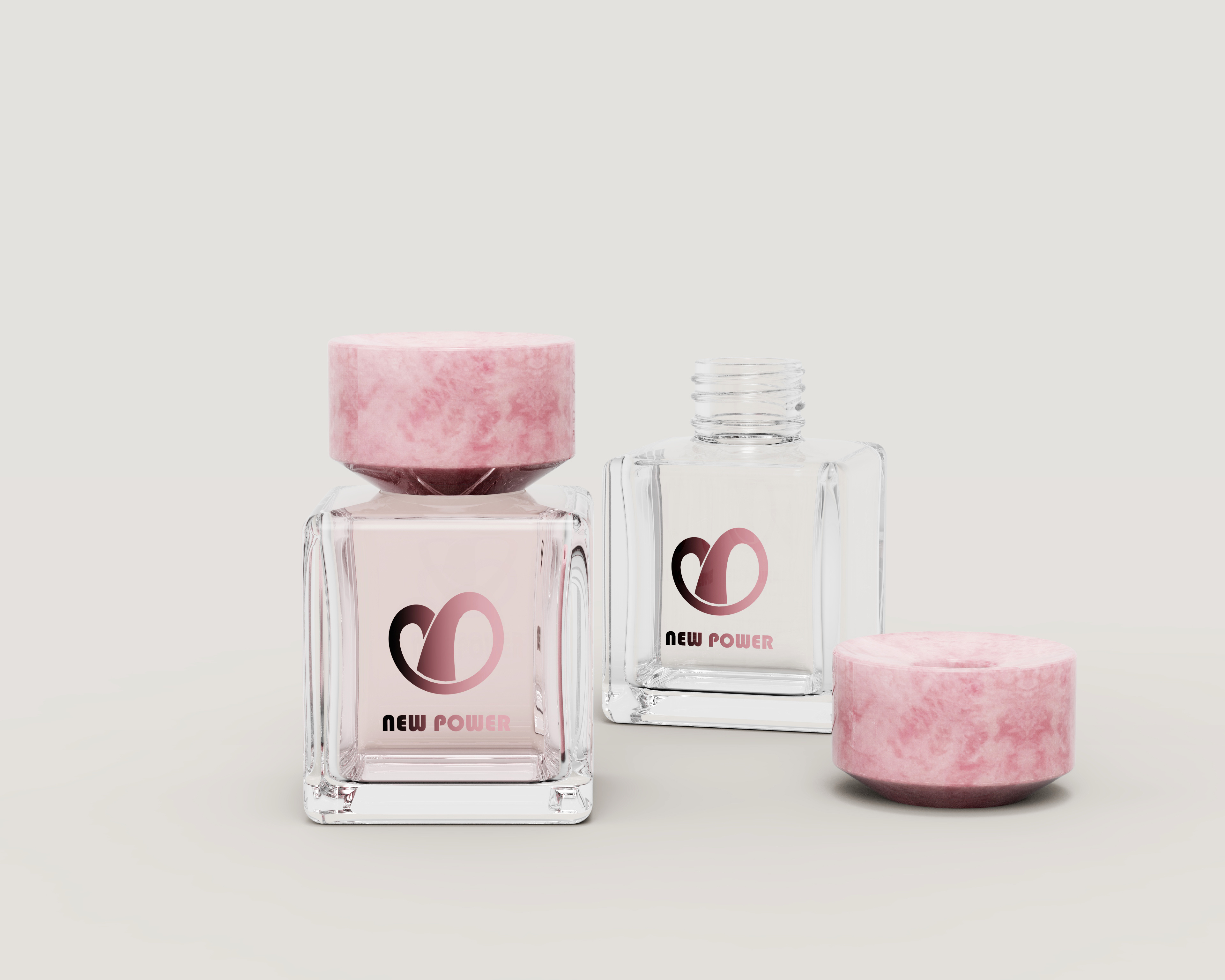Market Analysis Report for Perfume Bottle Caps
Time:
2025-06-30
Market Analysis Report for Perfume Bottle Caps
Introduction
Perfume, as a product that reflects personal taste and style, has packaging design that significantly influences consumer purchasing decisions. The perfume bottle cap, a crucial component of the packaging, not only serves to protect the bottle opening and preserve the fragrance's freshness but also fulfills responsibilities for brand recognition and aesthetic presentation. As the market continuously evolves, significant changes have occurred in the materials, design, and functionality of perfume caps, reflecting industry innovation and trends. This report provides an in-depth analysis of the current types of perfume caps on the market, design and material trends, functional innovations, pricing strategies, and future development directions.
I. Types of Perfume Bottle Caps
The market offers a diverse range of perfume bottle cap types, primarily including the following categories:
1. **Traditional Turn Cap**
This is the most common type, featuring a threaded design that allows users to twist to open or close. These caps have a simple structure and low cost, making them suitable for most mid-to-low-priced perfume products.
2. **Push Cap**
Utilizing a push mechanism, it requires pressing down firmly to open. Often used for portable perfumes or spray products for quick and easy access.
3. **Snap-On Cap**
Fixed via a snap-fit mechanism, it's simple to use and commonly found in sample sizes or miniature perfume bottles. The advantage is ease of removal and placement, though sealing performance is slightly inferior to turn caps.
4. **Magnetic Cap**
Uses magnetic attraction for opening and closing, offering a sleek appearance that elevates brand prestige. Primarily used in premium perfumes to emphasize a sense of luxury.
5. **Novel & Innovative Designs**
In recent years, some manufacturers have introduced caps with unique shapes or multiple functions, such as those with built-in mirrors, artistically sculpted caps, or even caps with fragrance intensity adjusters, to enhance the consumer experience.
II. Design and Material Trends
The design of perfume caps not only impacts brand image but also reflects industry innovation. Current major design trends include:
1. **Minimalist Style**
Pursuing clean, flowing aesthetics, often using metallic tones or transparent materials, emphasizing line beauty and texture.
2. **Luxury Embellishments**
Elements like embedded gemstones, engraved logos, and metallic finishes enhance the sense of luxury for premium brands. Especially in the high-end market, the cap often serves as a brand signature.
3. **Personalized Customization**
Customization has become a significant trend, allowing consumers to choose different cap colors, patterns, or even engrave personal names. This meets personalized needs and boosts consumer loyalty.
4. **Material Diversification**
Traditional materials like metal (copper, aluminum, iron) and plastic dominate, but glass and wood materials are gaining traction in recent years. Simultaneously, eco-friendly sustainable materials are being increasingly promoted.
III. Functionality and Innovation
Beyond the basic sealing function, innovative designs are increasingly emphasized, specifically manifested in:
1. **Enhanced Sealing Performance**
Ensuring the perfume doesn't evaporate or become contaminated is paramount for premium caps. Technologies like double-seal designs and airtight gaskets improve sealing capabilities.
2. **Portability-Focused Design**
Considering portability, caps are designed to be lightweight yet secure, preventing leakage or damage during transit.
3. **Multi-Functional Integration**
Some premium products incorporate features like fragrance regulators, atomizers, or mini mirrors to enhance the user experience.
4. **Eco-Friendliness & Sustainability**
Utilizing biodegradable materials, recycled metals, and plastics reduces environmental impact, aligning with global green consumption trends.
IV. Pricing and Brand Strategy
As a vital part of the overall perfume packaging, the cap's pricing strategy influences brand positioning.
1. **Premium Brands**
Employ high-value materials like metals, embedded gemstones, and intricate engravings. The cap cost represents a significant portion, embodying luxury status. Brands emphasize unique design and handcrafted finesse to cultivate a luxury image.
2. **Mid-to-Low-End Brands**
Primarily use plastic and simple threaded designs, focusing on functional practicality and cost control. Cap design tends towards simplicity and economy to meet mass-market demand.
3. **Personalized Customization**
Some brands offer customization services, differentiating themselves through special materials, custom logos, and colors to enhance brand loyalty.
V. Environmental Impact and Sustainable Development
With growing global environmental awareness, the eco-friendliness of perfume caps is receiving significant attention.
1. **Material Selection**
Promoting the use of recyclable and biodegradable materials like bamboo, wood, recycled plastic, and metal.
2. **Production Processes**
Optimizing manufacturing to reduce energy consumption and waste generation.
3. **Recycling Initiatives**
Encouraging consumer cap recycling, promoting eco-friendly packaging concepts, and driving environmental upgrades across the entire supply chain.
VI. Future Development Directions
The future perfume cap market is expected to develop in the following directions:
1. **Smart Technology Integration**
Incorporating technology to develop caps with smart chips, enabling features like fragrance level reminders or automatic scent intensity adjustment.
2. **Deepening Personalization**
Leveraging technologies like 3D printing and digital printing to offer consumers richer customization choices.
3. **Broader Application of Eco-Materials**
Intensifying R&D and application of sustainable materials to propel the perfume industry's green transformation.
4. **Multi-Functional & Synergistic Design**
Integrating aesthetics and utility to meet users' diverse needs.
5. **Cross-Industry Collaboration**
Partnering with artists and designers to launch limited-edition or trendy cap designs, boosting market visibility.
Conclusion
As a critical element of perfume packaging, the design, materials, and functionality of perfume bottle caps are constantly evolving. These changes reflect both shifting consumer demands for quality and individuality and the industry's spirit of innovation. With the promotion of green concepts and technological advancements, future perfume caps will become smarter, more diverse, and more environmentally friendly, showcasing greater innovation and potential. Brands should focus on innovations in design and materials, balancing practicality, aesthetics, and environmental responsibility to meet ever-changing market demands and achieve sustainable development.





